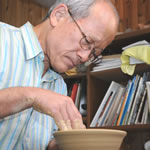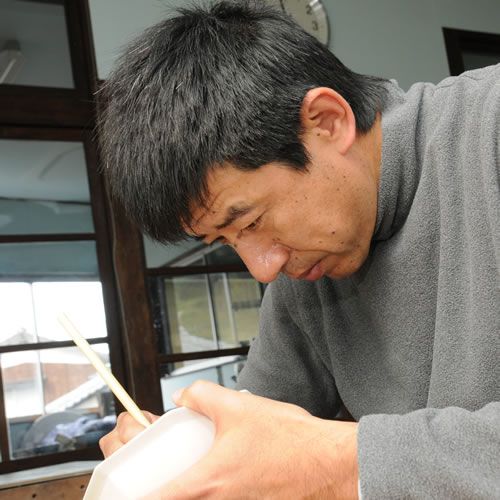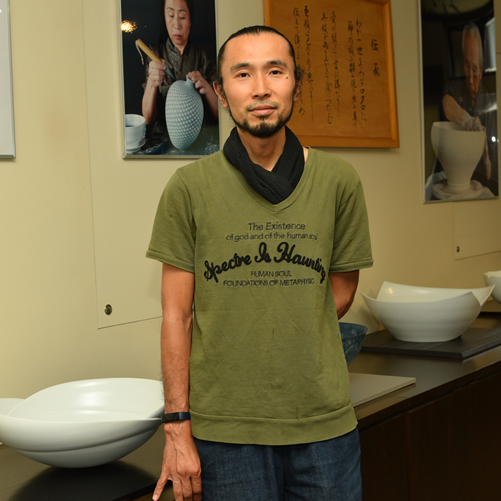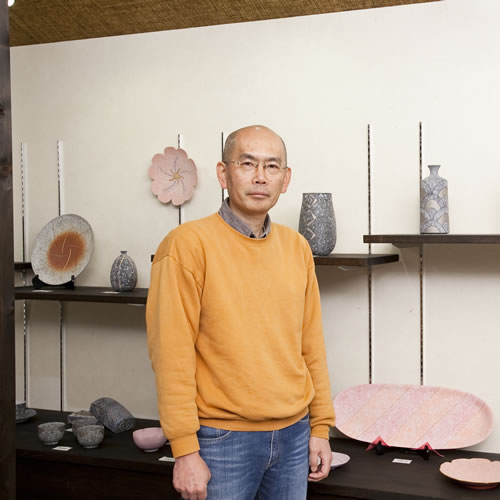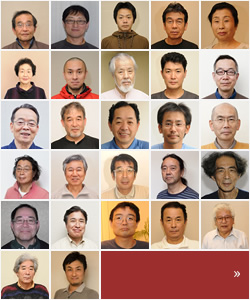Tanba Ware
One of the six ancient kilns in Japan, and it is officially designated traditional craft products
Tanba Ware is considered as one of the six oldest kilns in Japan: Seto Ware, Tokoname Ware, Shigaraki Ware, Bizen Ware, and Echizen Ware. It is also called Tanbatachikui Ware which was appointed as the Japanese Traditional Crafts in 1978. There are several viewpoints towards the root, yet Tanba is said to be derived from Sue Ware (a type of unglazed pottery made from the middle of the Kofun era through the Heian era). The origin of Tanba Ware has been said between the end of Heian era and the beginning of Kamakura era. The Anagama (the kiln of a hole on the side of a hill) was used once.
In the Edo period, climbing kiln reached Japan from Korea increased the numbers of vessels to be fired at a time. Through the firing for 70 hours at the temperature of 1,300 ℃, the pine wood ash fell into vessels and it reacted to the glaze, which lead to the unique phenomenon, “Ash Overburden,”, resulting in various colors and unexpected patterns. The kicking potter’s wheel that was transmitted at the same time as the climbing kiln from Korea is considered as a Tanba’s unique technique passed on over generations the uniqueness was introduced has been passed in over generations as technique. A feature of Tanba Ware is to make the potter’s wheel counterclockwise.
Ceramic arts made from clays with rich iron under the graceful scenic environment of Tanbasasayama area, emitted a distinctive bitterness with a profound tastes. Also, the Tanba Ware is truly the creation of the beauty of nature in Tanbasasayama.
The Tanba ceramic artists used to mainly make ceramics for dairy use, such as earthenware mortars to grind grain, sake bottles, and pails. Later, in the Edo era, other kinds of ceramics like jars and pots began to be produced. Owing to the support by a tea master, Enshu Kobori, Tanba's ceramic artists successfully produced tea utensils, tea containers, and water jars. Tanba Ware is rich in the shapes and colors of dark brown and black. The bitter taste s popular among ceramic fans.

